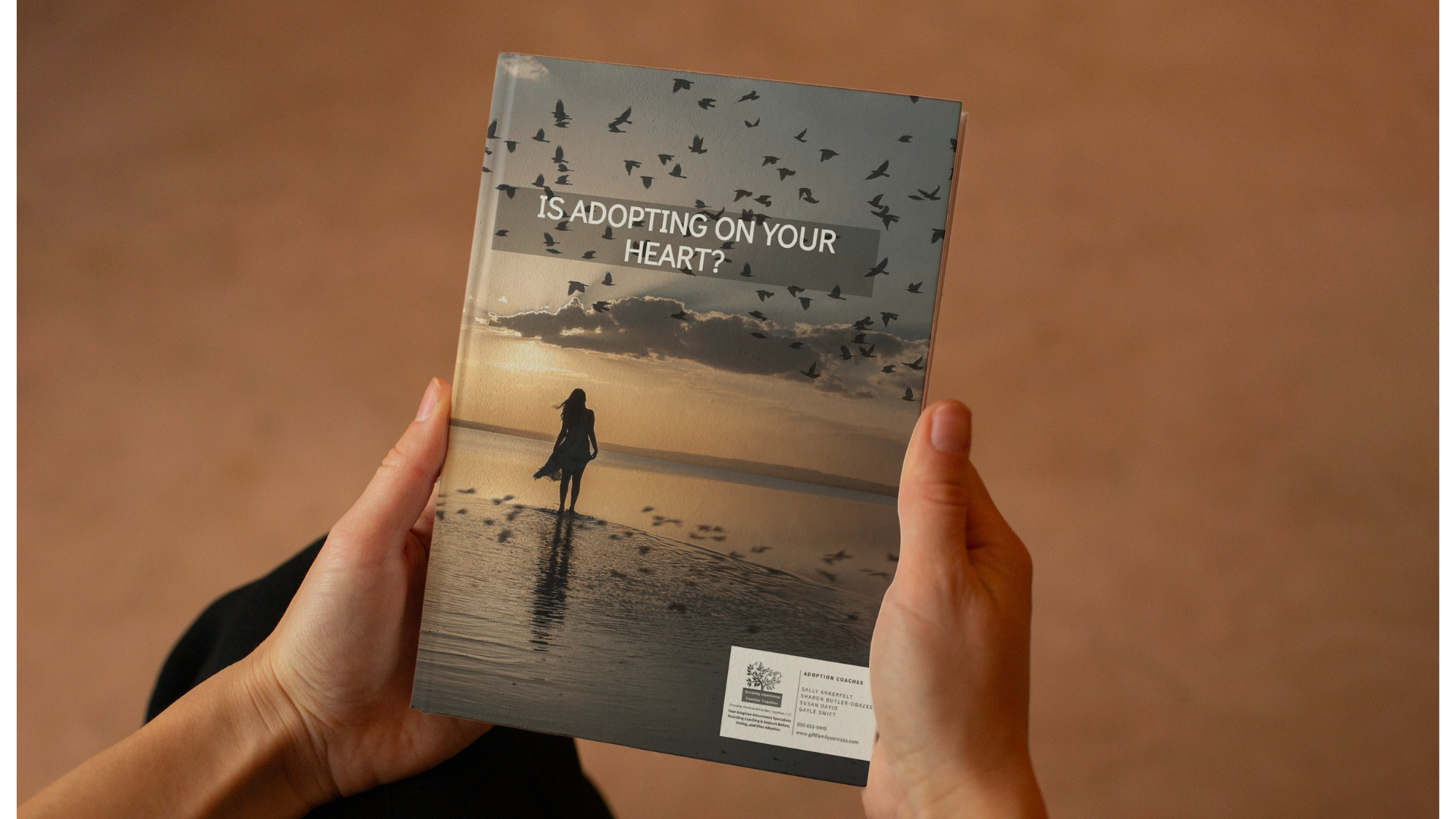[contact-form][contact-field label=”Name” type=”name” required=”true” /][contact-field label=”Email” type=”email” required=”true” /][contact-field label=”Website” type=”url” /][contact-field label=”Message” type=”textarea” /][/contact-form]

What Do You See? Who Do You See?
Crustaceans and reptiles shed their outer covering when they have outgrown their limitations. Their discarded husks tangibly announce that they have expanded in some way, and have become different from whom they previously were. They have outgrown the constraints imposed by their former exteriors. In a small way, this gives these creatures an advantage over people.
This is because personal growth in human beings is less publicly obvious. Before changes can be visibly observed, changes must be on a scale large enough and distinct enough from old habits. Yet even then, behavioral changes frequently go unnoticed, unacknowledged, and unprocessed. People tend not to update their “relationship software” and instead tend to rely on the presumption that old patterns will continue to play out, unchanged and as immutable as if carved in stone. Parents, as well as kids, tend to default to assume that people will do and be as they have “always” done and been.
Change never happens easily and often unfolds in small increments, not in dramatic transformations. Yet these tiny steps can add up to significant differences. Every step is important, and almost inevitably requires a measure of awareness, calm, courage, intention, and commitment for even the smallest improvement to occur.
It takes time for these changes to become ingrained. The pressure to return to old habits is strong, especially in moments of high emotion and/or conflict. Parents and children can find themselves caught in a maelstrom that causes them to behave in accordance with their old patterns. This “boxes” all parties into repeating a well-rehearsed “dance,” one which they all would benefit from altering.
On the other hand, if all parties take the time to notice, encourage, and “accept” the personal growth changes of others, their relationships dance will change. Even if it is not necessarily significantly better, at the very least, it will be different.
During this summer break from school, most families find themselves spending more time together. How can you enhance these moments? Why not set an intention to update the mental templates you hold for each of your children? Make the time to really listen to them.
Pause to observe them as they are and not simply as you think they are.
Encourage their positive changes. (I noticed that you helped Jim complete his chores; that was really kind.)
Recognize these behavioral shifts as steps in their progress to adulthood.
Value each tiny step forward; change is a fragile thing that needs nurturing and encouragement.
Update your mental image to incorporate their efforts.
Take time to consider what personal changes you wish to effect within yourself. As you act on those intentions, note your own small personal steps to progress. Help your kids to see both your effort and your results. But don’t trust in their ability to mind read or to attend to your efforts. Discuss your intentions:
I’m working on listening better so I don’t just automatically say “No.”
I find it hard to be patient in the morning when I’m racing to get out to work and I am trying to improve. I hope you can feel the difference.
This strategy accomplishes several things. First, it alerts them to your intentions. Second, it places your actions within their field of vision. Third, it puts pressure on you to follow through because your goal has been publicly declared. Fourth, it sets a model which they can follow.
Use your own struggles to attune you to your children’s challenges in creating change within themselves. (It’s never as easy as it looks to an observer.) Help your kids to see that they are changing, that you are noticing their changes, and that you are updating your mental image of them. ( I see you are really working hard to ____. It’s nice to see you find something worth investing so much of yourself in.)
Learn how the coaches at Growing Intentional Families Together can help you and your family navigate your adoption journey. We’ve faced our share of family challenges and crises, and ridden the metaphorical rollercoaster. Not only have our families survived; they have thrived. We offer experience, neutrality, and understanding.





